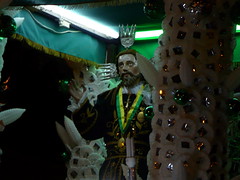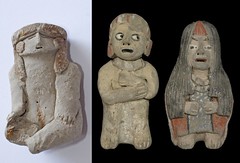Peru rewrites history books once more with ancient archaeological find
By Wilfredo Sandoval
Over four decades, the Hermógenes Mejía Solf museum in Jaén, Cajamarca, an area of northern Peru where the Andes start descending into the Amazon, has displayed more than 3000 fossils, items of pottery and stone objects, all of mysterious beauty from cultures of the ancient Amazonia. Locals have always been amazed by the diversity of items found, though had no idea of their history.
The only attempt to clear things up came from Gamonal Ulises Guevara, a noted librarian that since 1971 has attempted the difficult task of organising the collection, much of which is without context – first found by looters, then sold to collectors who went on to donate to the museum.
Gamonal knew that behind the items, that didn’t all seem to come from the same time and place, there was a page of history waiting to be read – and with the help of archaeologist Quirino Olivera, since May of this year, that missing page has started to be revealed.
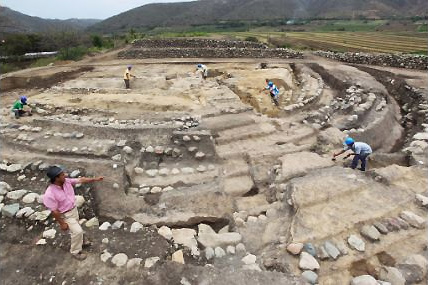 Less than 10 minutes from the center of Jaén, a group of researchers supported by residents unearthered two temples, which according to early indications, belong to a culture that could be as much as 4000 years old and would have been the ancestors of the Bracamoros culture, who straddled the present-day Peru-Ecuador border.
Less than 10 minutes from the center of Jaén, a group of researchers supported by residents unearthered two temples, which according to early indications, belong to a culture that could be as much as 4000 years old and would have been the ancestors of the Bracamoros culture, who straddled the present-day Peru-Ecuador border.
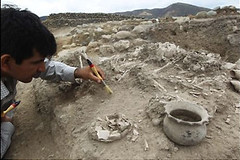 At both temples some 14 tombs have been uncovered, including some containing the bones of infants and adolescents, who were placed as offerings at different times over 800 years of the building’s use.
At both temples some 14 tombs have been uncovered, including some containing the bones of infants and adolescents, who were placed as offerings at different times over 800 years of the building’s use.
The areas where the temples are located are known as Monte Grande and San Isidro, areas at risk for a long time of being ploughed and used for agriculture before finally because used as a public dump.
When archaeologists started work they found large semicircular walls, first made of mud mortar then others made of stones weighing up to 200kg.
 The team was surprised by the technique used to decorate the walls with different color mud, and because the 8 phases of construction were in perfect alignment.
The team was surprised by the technique used to decorate the walls with different color mud, and because the 8 phases of construction were in perfect alignment.
Perhaps most astonishing is that the temples, according to Quirino, appear to have been built around 2000 BC… some 4000 years ago. This is the first discovery of its kind in the region, and the first from this period of time in any contact zone between the Andes and the Amazon.
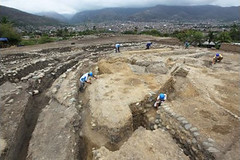 “We could be facing one of the earliest civilisations of Peru. If we keep digging we could find evidence dating back to before Chavín, Caral and Ventarrón. Not in the Andes nor in the coast will anything have been found that is quite so old”, Olivera explained proudly.
“We could be facing one of the earliest civilisations of Peru. If we keep digging we could find evidence dating back to before Chavín, Caral and Ventarrón. Not in the Andes nor in the coast will anything have been found that is quite so old”, Olivera explained proudly.
In the temples there have been found snail and spondylus shells, indicating the the civilisation had contact with people in Peru’s Amazon and with the Ecuadorian coast.
The excavations were carried out under an integration program between Peru and Ecuador, which includes the basins of the rivers in May, Chinchipe, Marañón, Utcubamba and Puyango-Tumbes.




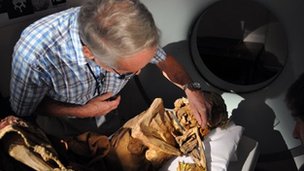
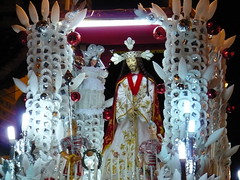


![Little town of Quince Mil is becoming a Hotspot [Featured]](http://farm4.static.flickr.com/3287/2690200819_25e3265f5f_m.jpg)
